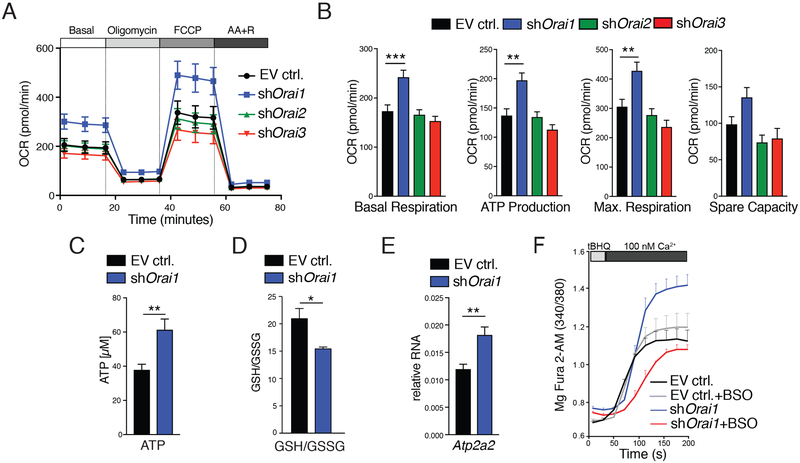Fig. 6. Increased mitochondrial function and Ca2+ reuptake into the ER in ORAI1-deficient LS8 cells.
(A) Analysis of oxygen consumption rates (OCRs) in LS8 cells transduced with empty vector (EV ctrl.) or shRNAs against Orai1, Orai2, and Orai3 using a Seahorse flux analyzer. FCCP, carbonyl cyanide p-trifluoromethoxyphenylhydrazone; AA, antimycin A; R, rotenone. (B) Quantification of basal respiration, ATP production, maximal respiration, and spare respiratory capacity from experiments in (A). Data in (A) and (B) represent four independent experiments. (C) ATP measurements in LS8 cells transduced with empty vector or shOrai1. Luminescence intensities were measured using a FlexStation 3 plate reader. Data represent the mean ± SEM of five independent experiments. (D) Measurement of the GSH:GSSG ratio in empty vector and shOrai1 cells. Data represent the mean ± SEM of three independent experiments. (E) Relative mRNA expression of Atp2a2 (SERCA2) in control and shOrai1-transduced LS8 cells. Data represent the mean ± SEM of five independent experiments. (F) The refilling rate of ER Ca2+ was measured in Mag-Fura-2–loaded empty vector and shOrai1 cells after permeabilization. ER stores were depleted with the reversible SERCA inhibitor tBHQ in a solution containing 100 nM Ca2+ for 3 min without tBHQ to allow Ca2+ refilling (see also fig. S7). SERCA activity was also measured in cells pretreated with BSO to inhibit GSH synthesis (gray and red tracings) (see also fig. S9). Data represent averages (±SEM) of n = 3 independent experiments. **P < 0.01, ***P < 0.001 using Mann-Whitney test (B), Welch’s t test (C), or unpaired Student’s t test (E).

